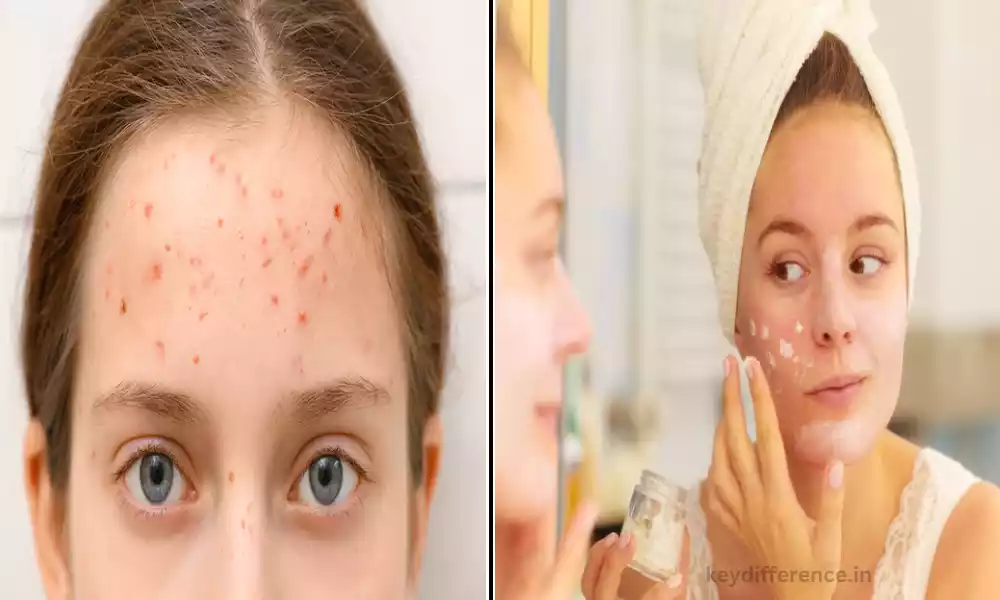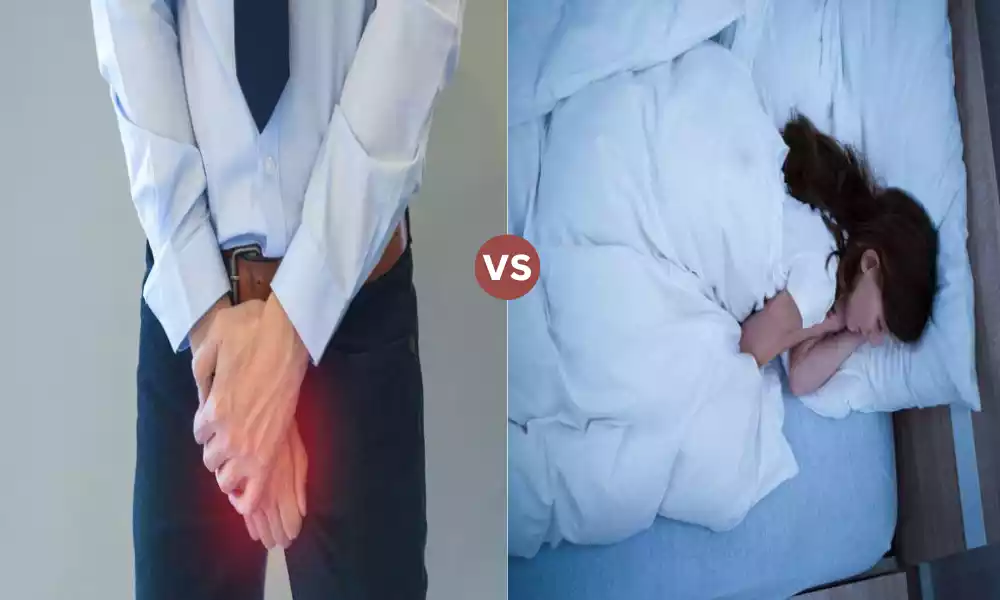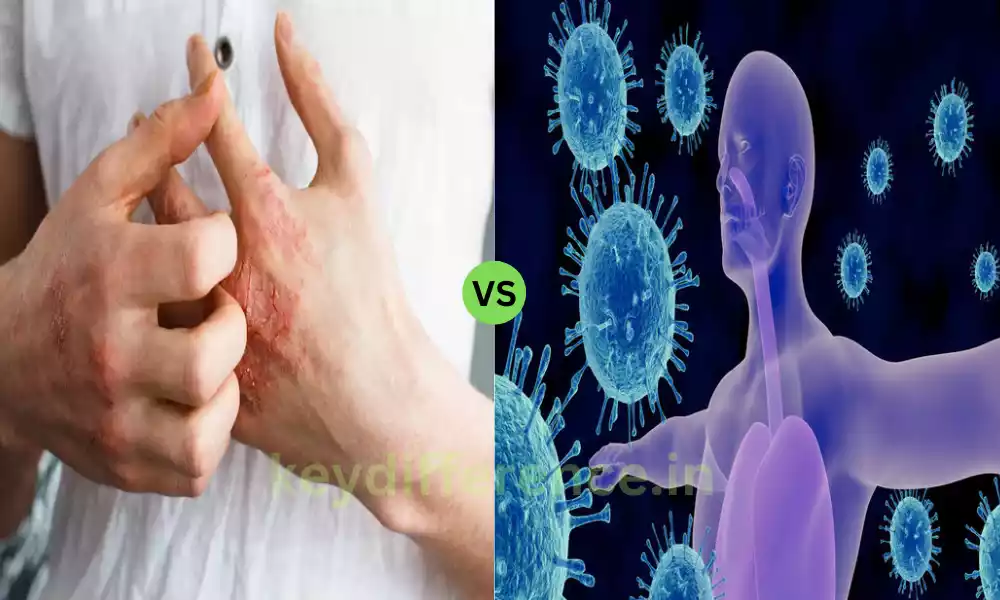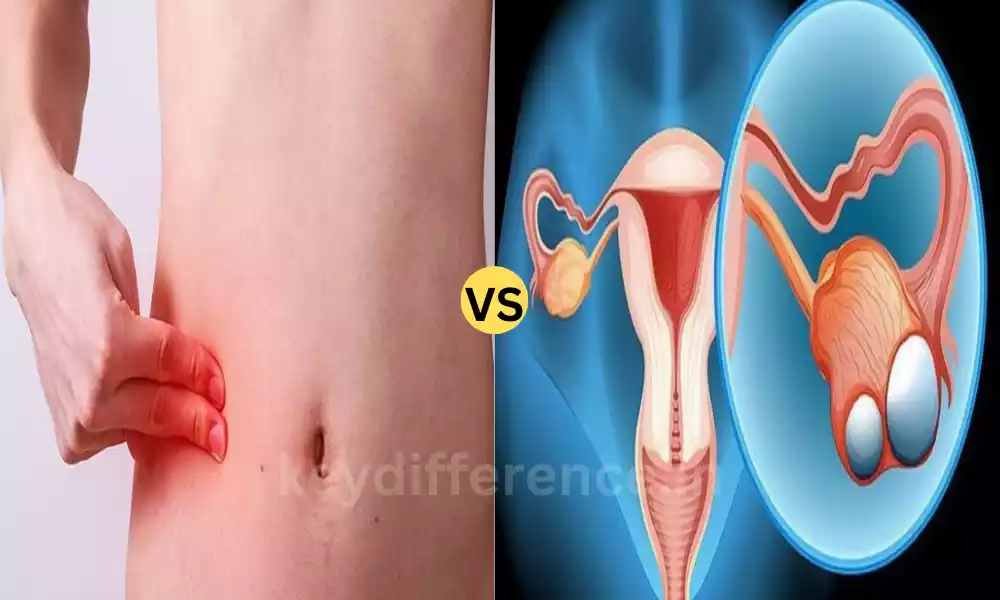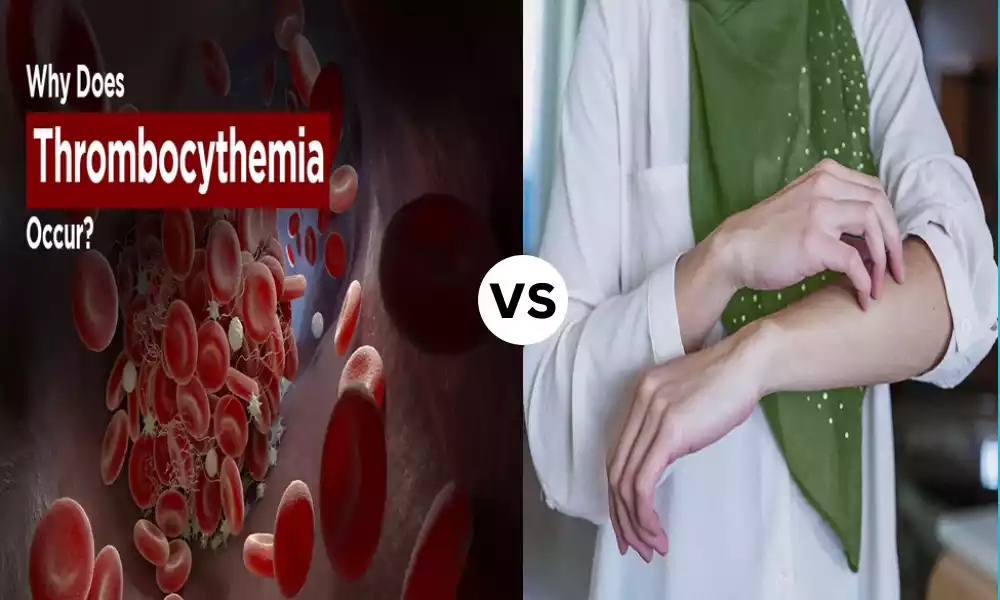Skin health is an integral component of overall well-being, and understanding the various conditions that affect it is paramount to its care and treatment.
Two common yet frequently misunderstood conditions are Closed Comedones and Fungal Acne; both can appear similar but vary significantly in causes, appearance, and treatment approaches.
Closed Comedones, more commonly referred to as whiteheads, are small flesh-colored bumps caused by clogged pores in your body that result in non-inflammatory acne that typically appears on various parts of the face or body.
Fungal Acne, differs significantly from its acne counterpart in that it is actually caused by yeast infections in hair follicles. It manifests itself with itchy, uniform bumps that often appear where there is sweat or humidity present.
Confusion between Closed Comedones and Fungal Acne can result in misdiagnosis and improper treatment, making it crucial to recognize their distinct features.
This article (or presentation) seeks to examine their definitions, causes, similarities, and differences – providing insights into proper identification and management strategies for both conditions.
Definition of Closed Comedones
Closed comedones, more commonly referred to as whiteheads, are non-inflammatory acne that forms when dead skin cells, oil, and debris clog a hair follicle.
While open comedones (blackheads) feature pores open at their surfaces, closed comedones’ pores are covered by thin layers of skin; this traps material inside and gives them their white or flesh-colored hue.
Closed comedones form when pores become blocked with debris. This creates an area under the skin that becomes hard and uncomfortable to touch, typically found on the face around the forehead, chin, and cheek areas; but they may also appear anywhere else on your body.
Closed comedones are most frequently associated with oily or combination skin types; however, anyone can develop them due to hormonal fluctuations, certain skincare products, genetics, or environmental influences.
Treatment for closed comedones typically entails adopting an effective skincare routine that includes cleansing and exfoliation as well as over-the-counter products containing salicylic acid or benzoyl peroxide; in more persistent cases professional treatments such as chemical peels or prescription medications may also be necessary.
Understanding closed comedones and their causes is integral for successful treatment and prevention, as they can escalate into more severe acne if left unchecked.

Definition of Fungal Acne
Fungal acne (medically known as Malassezia folliculitis) is a skin condition caused by an overgrowth of Malassezia yeast in hair follicles, leading to an infection known as fungal acne.
Contrary to popular belief, fungal acne should not be understood as actual acne but as rather a fungal yeast infection in your skin.
Condition Description: Underarm sweating typically causes small, uniform, and often itchy bumps to appear in clusters on areas prone to sweating, such as the chest, back, or forehead. These bumps tend to cluster together.
Fungal acne differs from its traditional bacterial counterpart in that it’s caused by yeast rather than bacteria, necessitating specific antifungal treatments for effective relief.
Conditions that exacerbate it include humid environments, tight clothing, and certain skincare products.
Accurate diagnosis and treatment are essential, as fungal acne can easily be confused with bacterial acne, leading to ineffective treatments if not identified properly.
Seek professional medical advice when diagnosing the condition or when seeking advice regarding its management; healthcare providers or dermatologists are best placed to diagnose accurately before suggesting appropriate options for managing it.
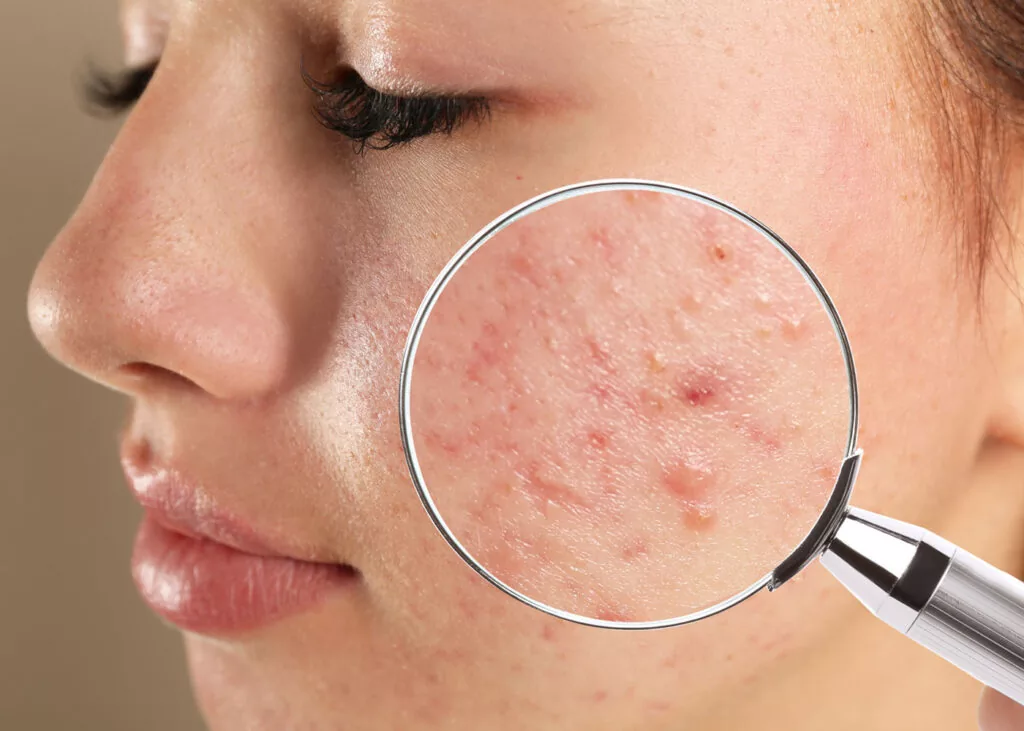
Comparison Table of Closed Comedones and Fungal Acne
Certainly! Below is a comparison table that highlights the key differences and similarities between Closed Comedones and Fungal Acne:
| Feature | Closed Comedones | Fungal Acne |
|---|---|---|
| Definition | Clogged pores covered by skin, forming whiteheads | Overgrowth of Malassezia yeast in hair follicles |
| Appearance | Small, flesh-colored bumps | Small, uniform, itchy bumps |
| Common Locations | Face, especially forehead, chin, cheeks | Chest, back, forehead |
| Causes | Clogged pores with oil, dead skin cells | Yeast overgrowth, humid environments, certain skincare products |
| Treatment | Cleansing, exfoliation, and OTC products with salicylic acid or benzoyl peroxide | Antifungal medications, skincare routine adjustments |
| Misdiagnosis Potential | Can be confused with other acne types | Can be confused with bacterial acne |
This table provides a clear and concise comparison of the two conditions, emphasizing their unique characteristics and common misconceptions. It can be a helpful reference for anyone looking to understand the differences between Closed Comedones and Fungal Acne.
Importance of proper diagnosis and treatment
Proper diagnosis and treatment of skin conditions like Closed Comedones and Fungal Acne are crucially important. Here’s why:
1. Treatment Options Vary by Cause
Comedones, caused by blocked pores filled with oil and dead skin cells, require various approaches for effective treatment: cleansing, exfoliation and over-the-counter products may all help.
Fungal Acne: Caused by yeast overgrowth, treatment involves antifungal medication and tailored skincare routine adjustments. Failure to correctly identify one condition for another could prolong issues and potentially increase skin irritation further.
2. Avoiding Future Complications
Misdiagnosis of acne or yeast infections may aggravate them further and prolong symptoms; proper diagnosis ensures that underlying issues are properly identified to reduce recurrence as well as more serious complications.
3. Psychological and Physical Wellness
Skin conditions can have an enormously detrimental impact on self-esteem and overall well-being, with their treatment having a dramatic impact on confidence and quality of life.
4. Resource Utilization: Misdiagnosis may result in both time and money wasted on ineffective therapies.
Proper diagnosis ensures resources are used efficiently, leading to faster resolution of problems.
5. Guidance for Future Skincare
Understanding the nature of a specific skin condition helps make more informed decisions regarding routine and product therapies for its care.
Proper diagnosis and treatment provide insight into individual skin needs while supporting long-term skin health. (Walter R. Davis). (Bottom line).
Encouragement to consult with skincare professionals
Here’s an excerpt that brings this point home:
Skin conditions, while relatively common, are complex and multifaceted. While there is plenty of information online and various over-the-counter products that claim results, self-diagnosis, and treatment may result in confusion, ineffective care, or worsening of the problem.
Skincare professionals such as dermatologists and licensed estheticians possess the experience, tools, and knowledge needed to accurately identify and treat various skin issues such as Closed Comedones or Fungal Acne.
With these specialists help you can:
Assess Your Individual Needs: Each individual’s skin has unique characteristics and professional dermatologists can develop personalized treatment plans tailored specifically for you based on factors like skin type, condition, lifestyle preferences, and more.
Professional Diagnosis: Accurate diagnosis is the cornerstone of effective treatment, and professionals can identify similar-appearing conditions and pinpoint their sources.
Expert Advice and Therapies: Skincare professionals offer access to advanced treatments and products not readily available over-the-counter, as well as therapies which have been scientifically demonstrated to be beneficial in treating specific skin issues. They can offer therapies that have proven successful against specific ailments.
Professional Advice on Prevention and Maintenance: In addition to treating an immediate issue, professionals can also offer guidance for maintaining healthy skin by suggesting skincare routines, products, and lifestyle changes that will prevent further issues in the future.
While it can be tempting to tackle skin issues on your own, consulting with a skincare professional is often the wisest course of action.
Their expertise ensures you receive proper diagnosis, effective treatments, and personalized care that lead to healthier and happier skin – not to mention long-term well-being and confidence benefits! Don’t hesitate to seek help for your skin; it is worth the investment!
Reference Books
- “Fitzpatrick’s Dermatology” (Latest Edition) – A comprehensive guide to dermatology, used by professionals and students alike.
- “Andrews’ Diseases of the Skin: Clinical Dermatology” by William D. James, Dirk Elston, et al. – A well-regarded textbook covering a wide range of skin diseases.
- “The Skin Type Solution” by Leslie Baumann – A book focusing on determining your skin type and the best care routines for it.
Conclusion
Understanding the differences between Closed Comedones and Fungal Acne is key for anyone aiming to maintain healthy skin. Although similar, each condition has distinct causes, symptoms, and treatments misdiagnosis could result in ineffective treatment and lasting discomfort thus making professional consultation essential.
Skincare professionals such as dermatologists and licensed estheticians possess the expertise needed to effectively identify and treat various skin conditions. As experts, their knowledge ensures individuals receive personalized treatment tailored to meet their unique skin care needs.

